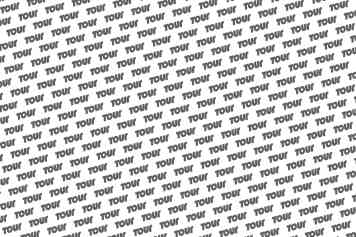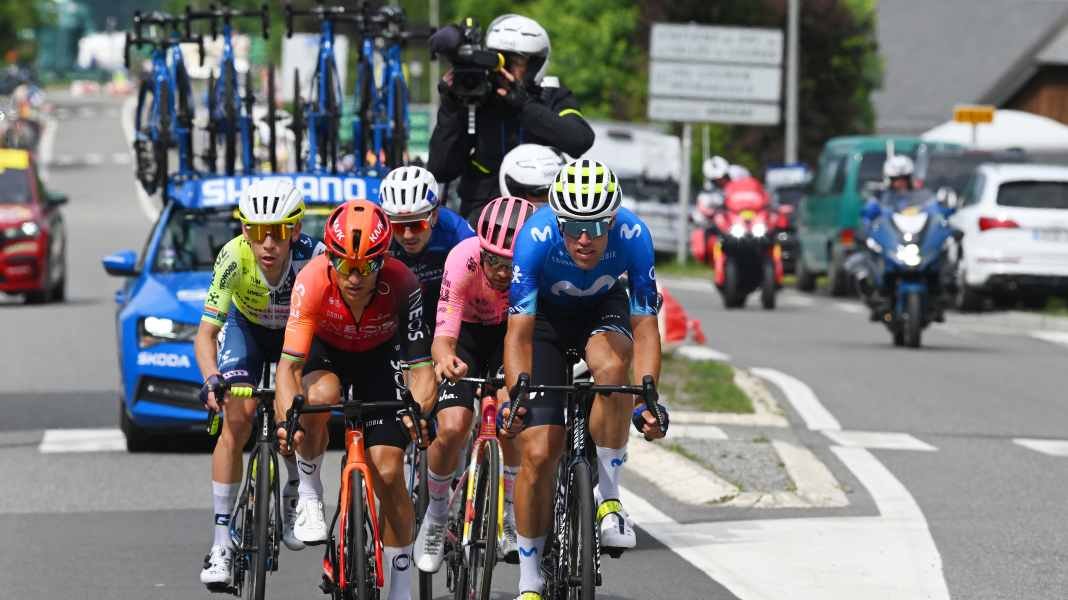
Tour de France 2024 - Stage 17: Saint-Paul-Trois-Chateaux - Superdevoluy | 177.8 Kilometers
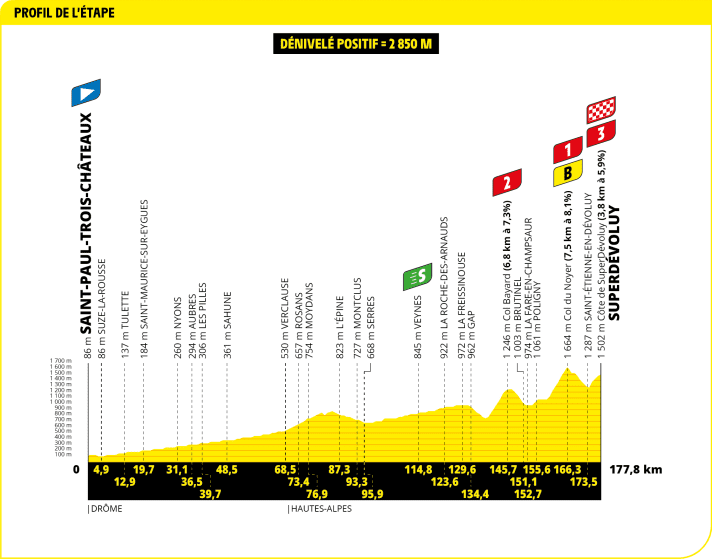
The route profile of the 17th stage is unusual: as if on an inclined plane, the route climbs steadily uphill to the finale over two mountains and the final ascent to a ski resort; the total altitude difference adds up to 2850 meters. Compared to the Pyrenees, the mountains are a size smaller, but the Col du Noyer still has 7.5 kilometers with an average gradient of 8.4 percent - a first-category climb. This is followed by a descent on a narrow road before the route climbs relatively gently to the finish in the ski area (3.8 km at 5.9%).
Given the established gaps in the classification, this is likely to be a stage where breakaways will get a chance to fight for the stage win. Teams that have not been able to record a win so far will be motivated to the max to claim a stage win.
In the long run-up to the mountainous finale, however, it will take the strength of a group to share the workload.
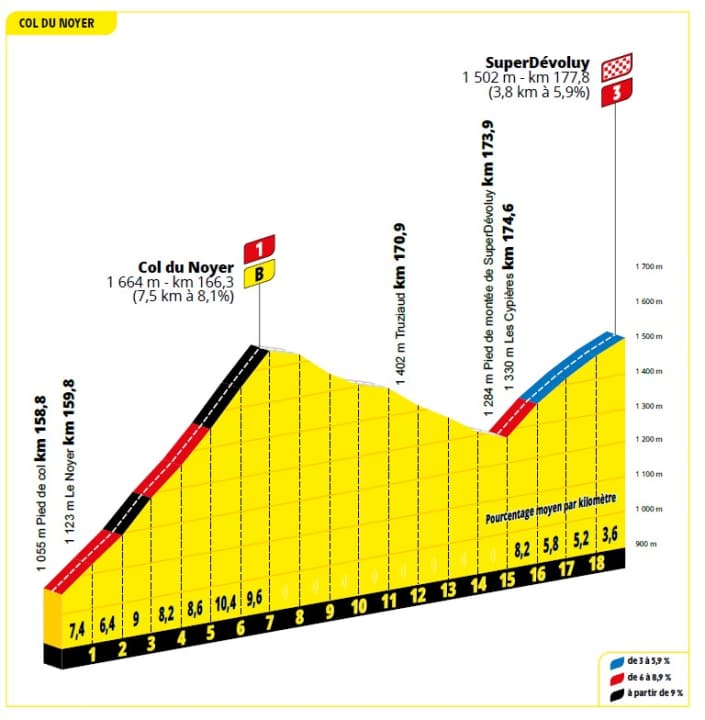
In the finale, the Col du Noyer, which is the steepest in the last two kilometers, is ideal for an attack. In the subsequent descent, a good downhill rider can add seconds. There are a few tight bends to master, but there are also stretches in between.
With which bike would a breakaway rider be best equipped to prevail in this finale? We model an attack two kilometers below the Col du Noyer to answer this question.
Number of the day: 23 seconds
Our simulation brings together the usual suspects at the top of the rankings: aero bikes and fast all-rounders are up to 23 seconds faster than completely non-aerodynamic bikes in the outlined final. Tadej Pogacar’s bike does not perform well in this comparison either.
The (almost) entire field at a glance*
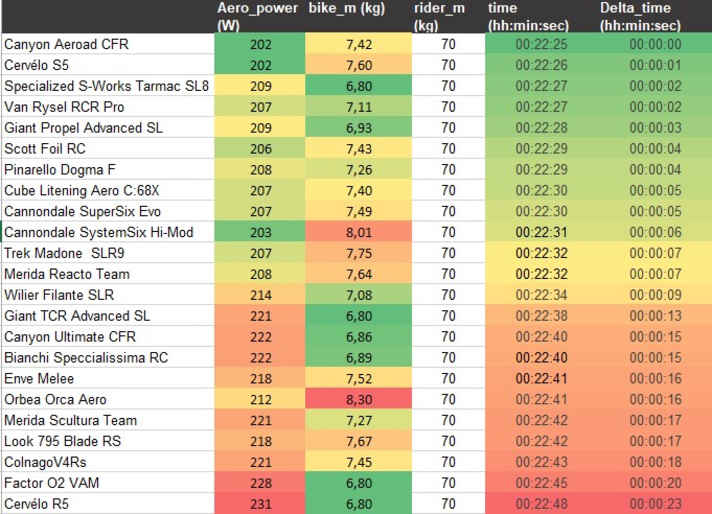
*) The calculations are based on the bikes tested by TOUR in the laboratory and wind tunnel. The bikes at the Tour de France may differ in some details. Of course, we have also not yet been able to examine last-minute prototypes. Background to the simulation.
Table: The ranking shows the simulated riding times after an attack two kilometers below the Col du Noyer. Due to the intermediate descent, aerodynamic bikes are at the top of the ranking.
Our expert
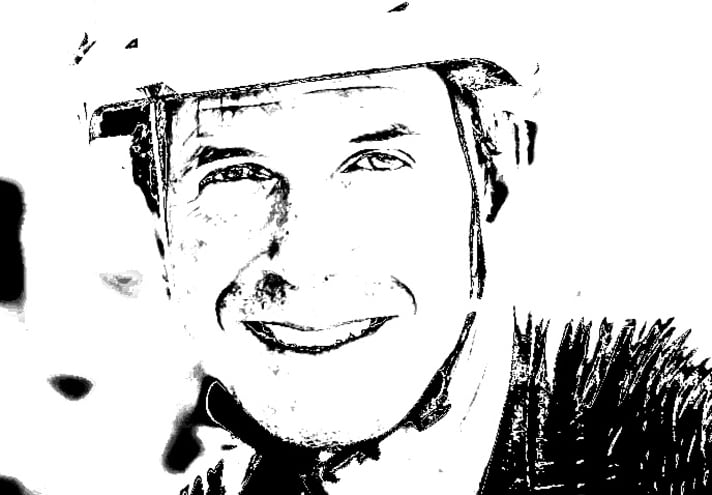
Robert Kühnen studied mechanical engineering, writes for TOUR about technology and training topics and develops testing methods. Robert has been refining the simulation calculations for years, they are also used by professional teams.
